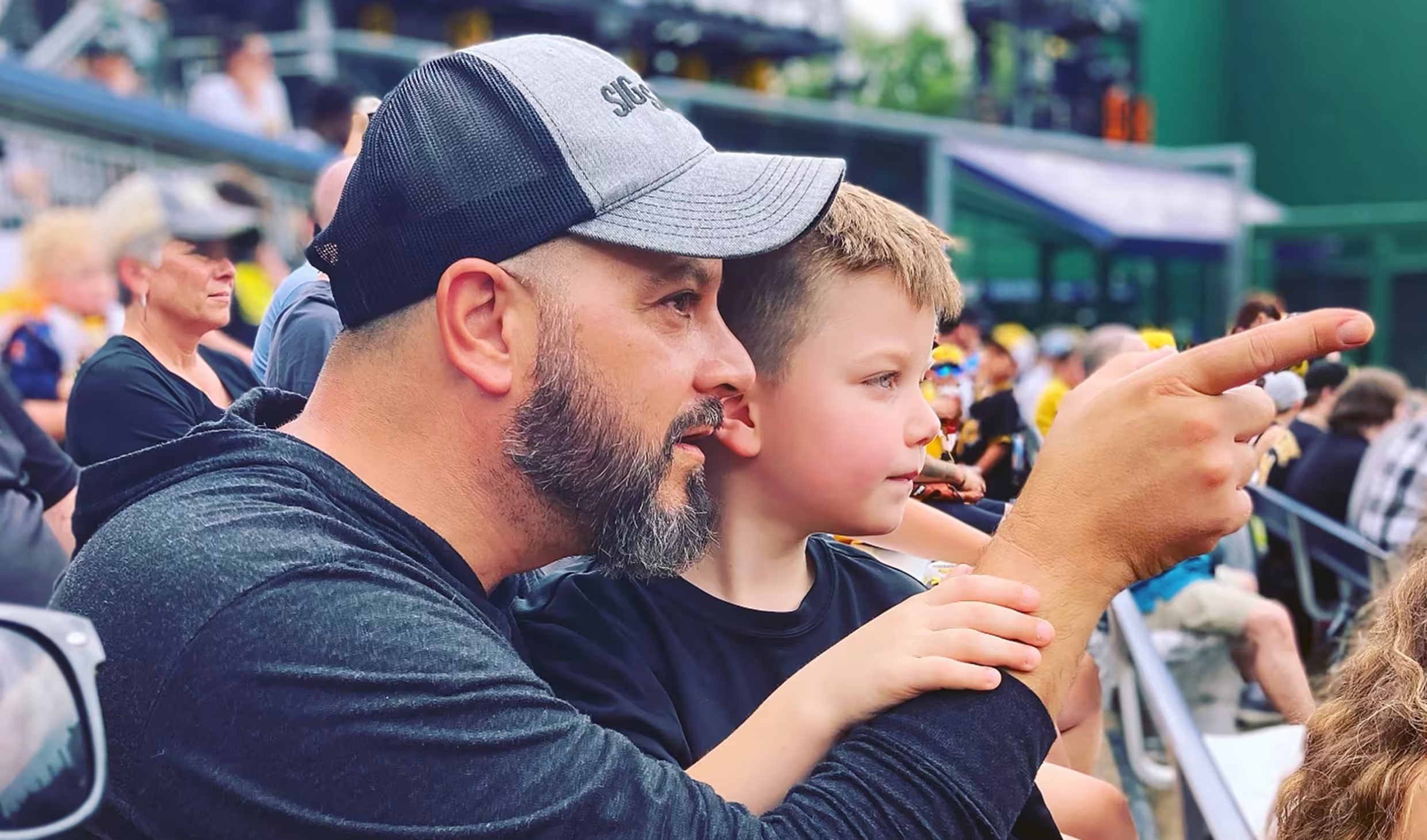Groundbreaking technology allows doctors and patients to look inside their own brains.
“We can put on virtual reality goggles and fly through the skull,” said Dr. Walter Jean, a neurosurgeon at George Washington University Hospital.
Precision Virtual Reality, inspired by flight simulators used to train fighter pilots, offers a 3D view of the brain.
“The best thing is that, without taking any more scans, without doing any fancy imaging study, using simply the MRIs and CTs that they already have, we can use that data and make everything into three dimensions,” Jean said.
It provides a realistic view of what is going on inside the skull that’s not possible with two dimensional MRIs or CT scans.
Neurosurgery involves visualizing in the mind’s eye the geography of the brain, and Precision Virtual Reality helps surgeons in training see what’s actually inside the skull.
But it’s most beneficial to patients.
Health
“Last year in June took me by total surprise,” said Danielle Collins of Bethesda, Maryland. ”Monday rolled around, went to a Pilates class, and by the time I was in the class, I felt incredible sharp pain in the right side of my head … It felt like someone took an ice pick and was jamming it through the right side of my head.”
When the pain didn’t improve, Collins went to the emergency room.
“CT scan with contrast reveals a massive hemorrhage in right temporal lobe,” she said. “They're calling it something called an AVM (arteriovenous malformation), and I'm like, ‘What is that?’”
Some of the blood vessels connecting arteries and veins were tangled up in her brain. Thanks to Precision Virtual Reality, Collins was able to see it for herself as she prepared for brain surgery.
“The tech came with my neurosurgeon, Dr. Walter Jean, and Dr. Jean asked me if I wanted to fly, and I said, ‘I don't know what that means but sure, at this point anything is fair game,’ and he stuck the reality goggles on my face. When I used the virtual reality goggles, I could finally breathe. I felt like I was a part of the process and I got to see inside my brain and ask the doctor questions as I was moving through and as uncovering things.”
She said the virtual reality technology made the experience less frightening.
“It was the first time that I had ever seen that part of my body that had been with me for 27 years,” Collins said. “Like I said, it was congenital, I was born with it, and having lived with a ticking time bomb inside my head for so long and then finally get to actually be in it, like right there looking it face on, I wanted it out of my brain so bad and so I went in to surgery with a whole new perspective, literally.”



